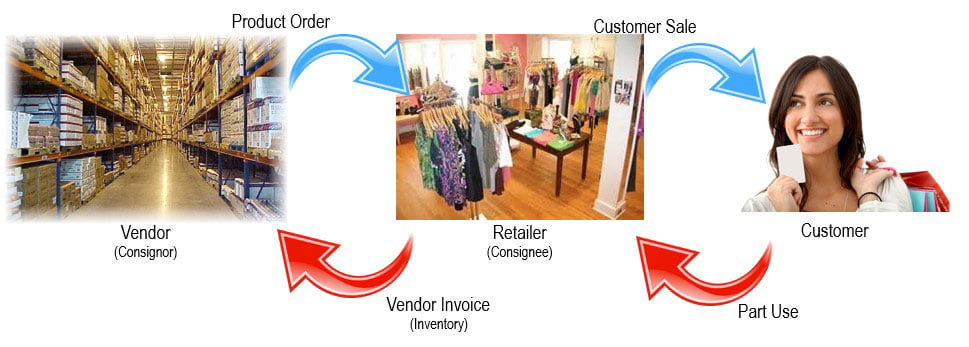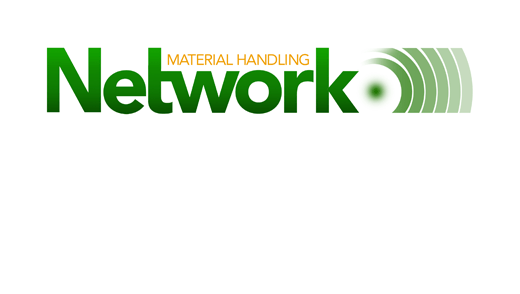Published September 4, 2018

As businesses look to free up working capital to respond to the current market conditions, inventory planning is often a target. With inventory being the largest capital outlay for any business, making a nominal change in strategy has implications on a large sum of dollars. These freed funds can be used to expand operations, take on strategic initiatives, and position the company for a stronger tomorrow.
Competitive times requires strategic repositioning to create differentiation and longevity. The funds needed to take on these critical initiatives must be freed from some business line. For those in the inventory management/planning space, we can be a great catalyst for driving change.
- Metric
The most commonly used metric for measuring the use of capital and inventory is the Inventory to working capital ratio. This financial metric defines the proportion of inventory cost that is being funded by available capital. The lower the ratio, the more liquid the business is and the lower the likely financing required to fund inventory use. Indicated as a number less than one, this ratio will vary widely by industry and company. Comparisons of your business should be completed within your industry to find an equivalent benchmark.

Figure 1: Inventory to Working Capital Ratio Best Measured Over Time for TrendsWorking capital has experienced pressures in the last five years. During this time, the following trends have become evident:
- Return on Capital Employed (ROCE)
Businesses have experienced a lowering on the return on capital investment which has led to greater pressures on profits and returns.
- CapEx Investment
The investment as a percent of revenue has dropped dramatically reflecting the focus on managing cash flow to maintain profitability. CapEx spending has been the main target.
- Increased Supply Chain Pressure
Working capital has remained relatively flat during this period. Days Sales Outstanding (DSO) and Days Inventory On-Hand (DIO) have worsened, which is being offset on the balance sheet by an increase in Days Payables Outstanding (DPO).
To free working capital, one should expect continued pressure on inventory to free funds for capital investment. This sounds easy, but you are carrying that inventory for a reason. How can you reduce your inventory cost?

Figure 2: Working Capital AnalysisTo reduce the funds tied up in inventory many have turned to consignment inventory or vendor managed inventory for relief. These two approaches are very different in their execution, controls, and impacts on this ratio.
- Return on Capital Employed (ROCE)
- Consignment Inventory
Developing a relationship with a preferred provider to defer payment terms for active products until they are consumed to support a customer need helps minimize your use of working capital to support customer demands. Using an approach of this nature helps the vendor development a foothold within the vendor and allows the vendor to minimize its use of valuable working capital. This trade-off ensures a long-term partnership between the members that help sustain their business.

Figure 3: Consignment Process OverviewIn the graphic above we use the terms vendor and retailer. These are meant as generic and not industry specific terms. You can easily insert manufacturer for vendor and distributor for retailer. In this discussion, I am using the term vendor as someone who supplies a product and retailer as someone who sells the product to an end consumer.
From the vendors perspective they have developed a foothold in an account that should last a long time. From the retailer’s perspective they have access to inventory they are not paying for, therefore do not feel the pressure to reduce the sale price to turn tied up working capital into revenue. The drawbacks, however for each player is clear:
- Retailer
In a consignment arrangement the consignee (retailer) has locked themselves into a preferred vendor arrangement. They must make the “prime” selling positions available for the consignors inventory. This means they may tie up valuable retail space (real or virtual) with products that may not be as productive as other items. Terms must be established for the expected retail shrink (loss) prevalent in today’s retail market. Since there is not cash outlay for inventory on-hand, there is no pressure to move the inventory. As a result, inventory can get stale and operations can become “sloppy” with their use of the associated selling space.
- Vendor
All the risks for obsolescence and risk falls on the shoulders of the vendor. They are required to determine the products that will move and coach the retailer on how to stage and sell products they have in their possession. The consignor is trading their selling position for inventory financing. They are reliant on the retailer focusing on the products provided. If this is not the case, the relationship sours and destined for separation.
As with any relationship, for this agreement to work both parties must be working in a mutually agreeable best interest of the relationship. Both parties must be working to optimize the relationship to ensure the arrangement profits both parties.
- Retailer
- Consignment Analysis
Does this approach work for all goods? I have simulated a myriad of products types, order quantities, on-hand levels, and replenishment programs. This program works best where there is consistent weekly volume and the on-hand inventory levels can be optimized. In this condition, the greater the volume and price point, the greater the profits for both parties.
Where the program gets shaky is for products with quarterly or semi-annual demand. For these items, the relationship favors the consignee at the cost of the consignor.
- Quarterly Consumption
From our analysis, we found the following conditions generates profit for the consignee:
- Strong Margin and Price: Selling margin 10% and the price per item is $10 per item
- Strong Volume and Low Margin: Quarterly demand 12 units, price per item $10 and margins are 7%
There may be periods of profit below these thresholds, for the most part the consignor has the advantage at the cost of the consignee.
- Semi-Annual Consumption
The irregularity of semi-annual demand puts even more pressure on the viability of a consignment program. Product price must be above $50 per unit and the margin must be above 10% for the program to be of benefit for the consignor. Under these thresholds, the consignor is incurring a loss for every unit sold.
When considering the appropriateness of the program, each party must understand the products being included and the profits/loss associated with each unit sold. One should not walk into this decision without understanding the true costs of the program.
My analysis does not consider the opportunity cost associated with the use of prime real estate for less productive items. Further, I do not discuss the cost of not deploying a competitor product and the margin it could deliver. I focused my approach on the carrying cost, inventory control, and replenishment costs associated with each scenario.
- Quarterly Consumption
- Vendor Managed Inventory (VMI)
With no penalty to the retailer for holding excess inventory, many have turned to vendor managed inventory as a way to minimize the amount of inventory one might horde. This causes a lot of confusion to many that VMI and consignment are the same process, they are not. Where consignment changes the buy point of the transaction, VMI changes the inventory levels and involvement of the vendor in managing the right inventory levels.
The goal in either process should be to remove excess inventory wherever it exists in the pipe. VMI empowers the vendor to minimize total supply chain inventory and redeploy inventory to sites where it is being consumed. In doing so, the vendor must assure (including a willingness to incur a penalty for out of stocks) the retailer that they will never run out of stock. Until this assurance can be provided, the retailer will want to hold as much as possible to never miss a selling opportunity.

Conclusion
Best practice inventory management programs engage all players in the supply chain to coordinate efforts to streamline the flow of products/services. Failure to engage in a partnering relationship with those who support you, leads to isolation and total risk management. Given the tight margins we are all dealing with, can you afford to go it alone? Are you using your working capital to your advantage? Be the organizational change leader and free up the needed working capital to facilitate capital investment. Recognize the needs of your business and generate projects, plans, and initiatives that helps drive change. By doing so, you are ensuring the longevity of your business and its competitive position. Times are tough, but inventory management teams are well positioned to drive value.


